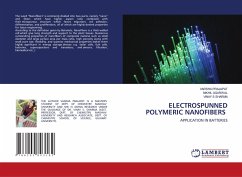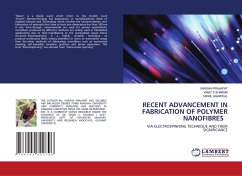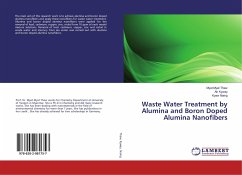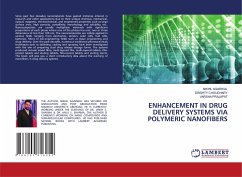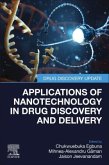This dissertation deals with the production of nanostructured organic, inorganic and biopolymer materials using supercritical carbon dioxide. Over the past decade, supercritical fluids (SCFs) have emerged for particle formation due to SCFs adjustable solubility and significantly high diffusivity. Various methods have been developed, which can be classified into two basic processes: (a) rapid expansion of supercritical solutions (RESS) for processing CO2-soluble materials, (b) and supercritical antisolvent (SAS) for processing CO2-insoluble materials. In this work, further developments in both the methods have been made to overcome the existing challenges and to achieve new nanostructures. Chitin nanofibers are potentially of use in many biomedical and pharmaceutical applications. But, due to highly crystalline nature, it is very difficult to convert into a nanofibrous form. In this work, a SAS method is used to produce chitin nanofibers of average diameter 84 nm using hexafluoroisopropanol as solvent while preserving the molecular structure of the processed chitin. Using SAS with enhanced mass transfer, hydrocortisone nanoparticles were produced.



